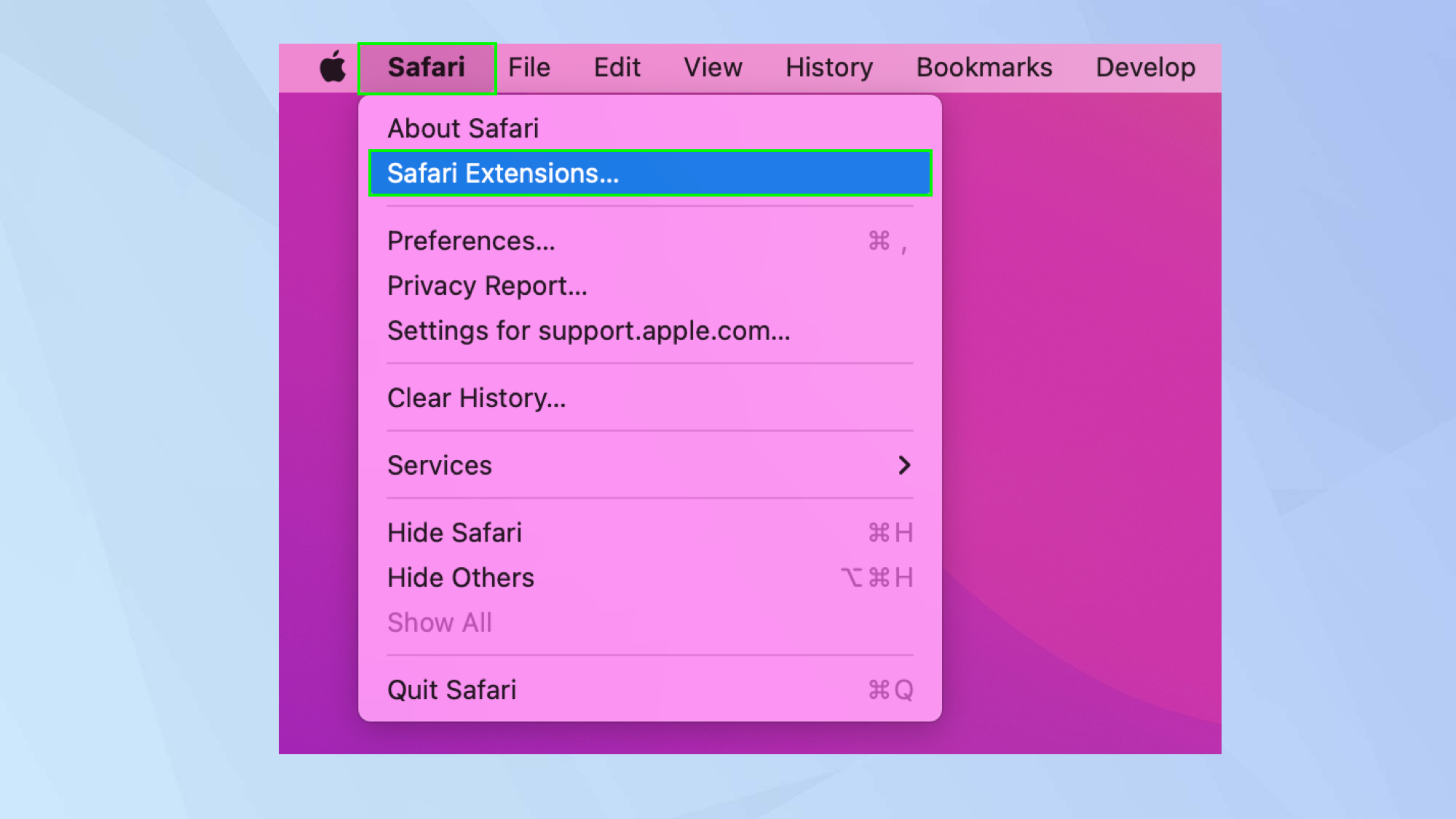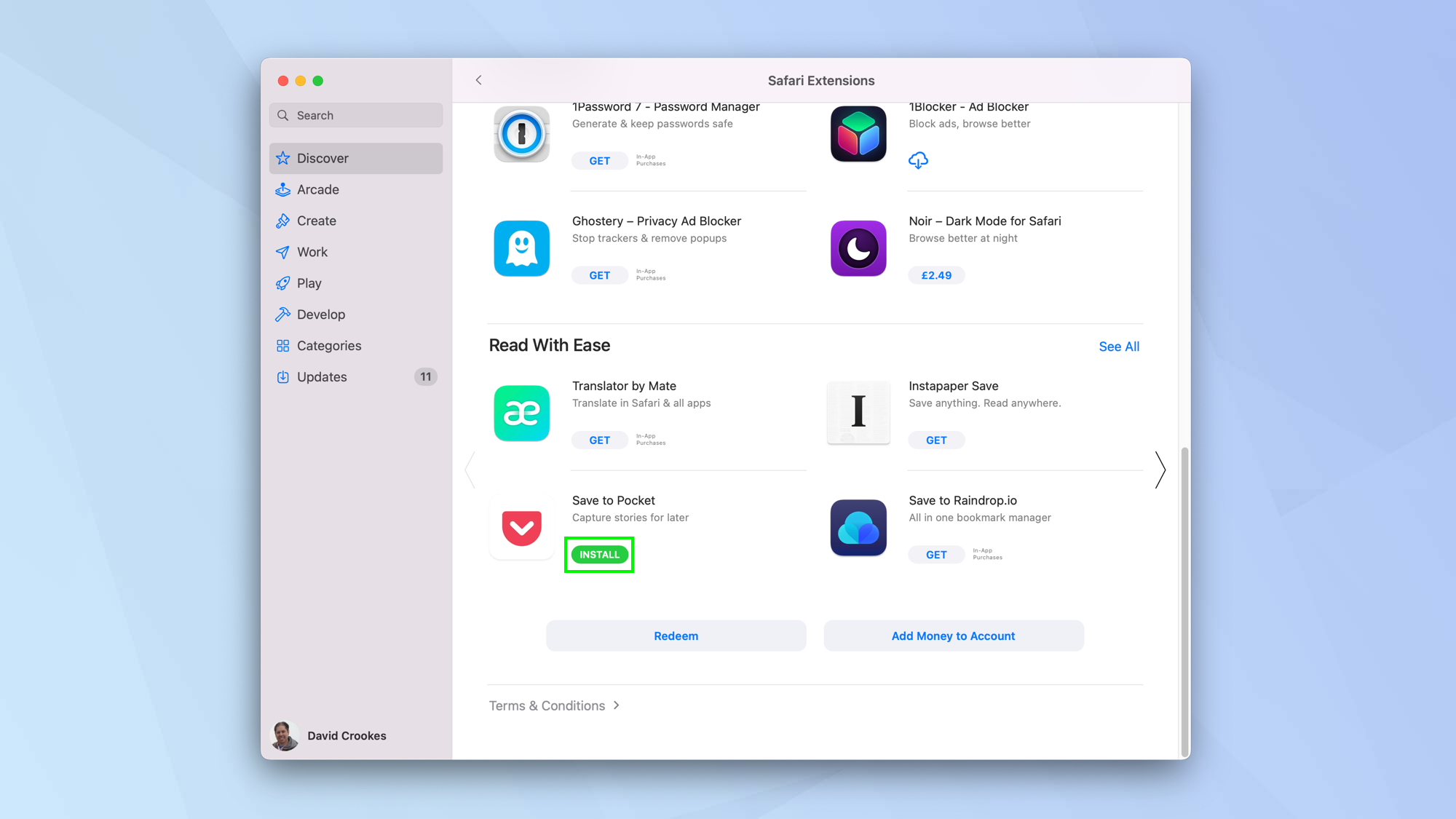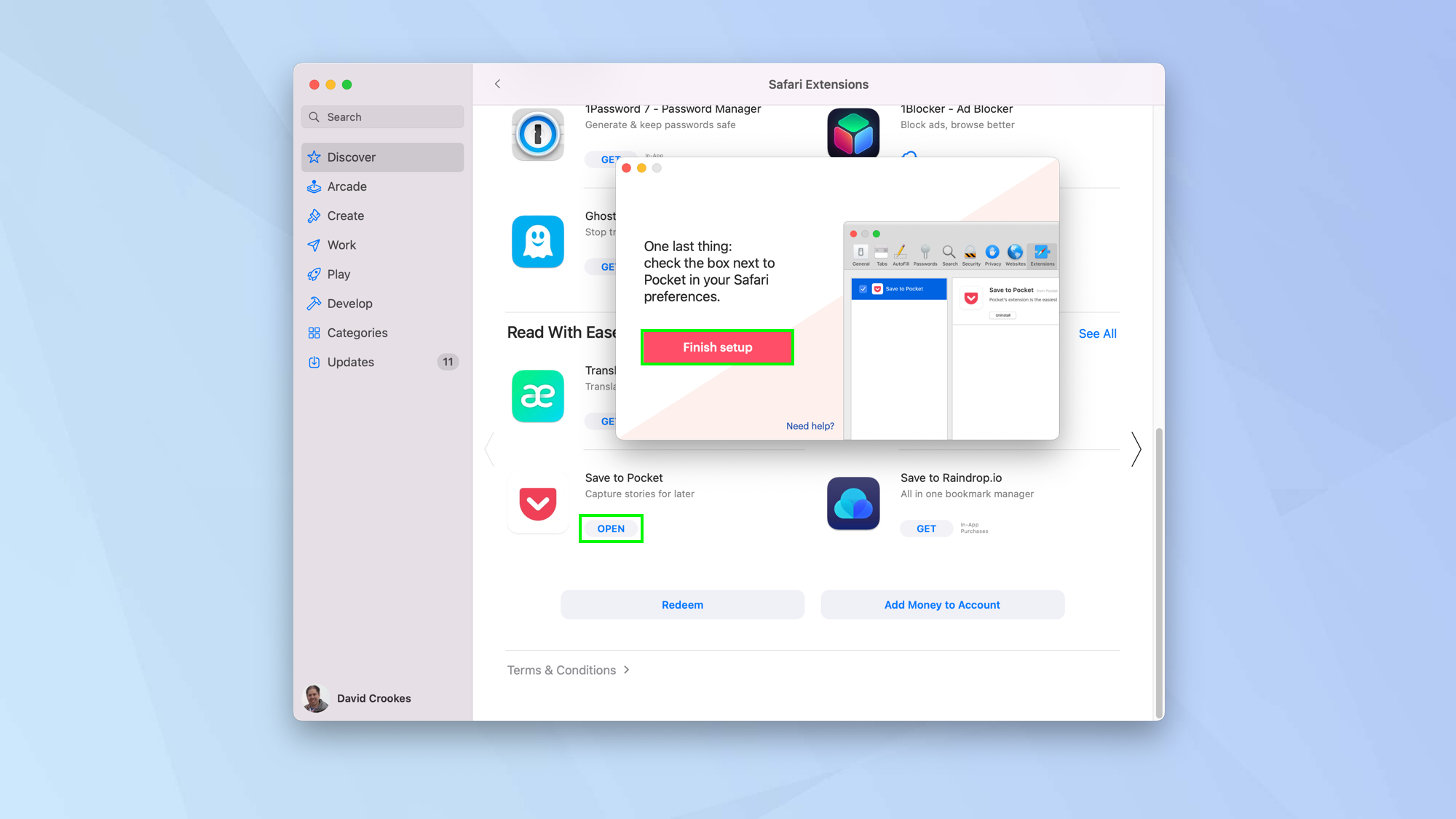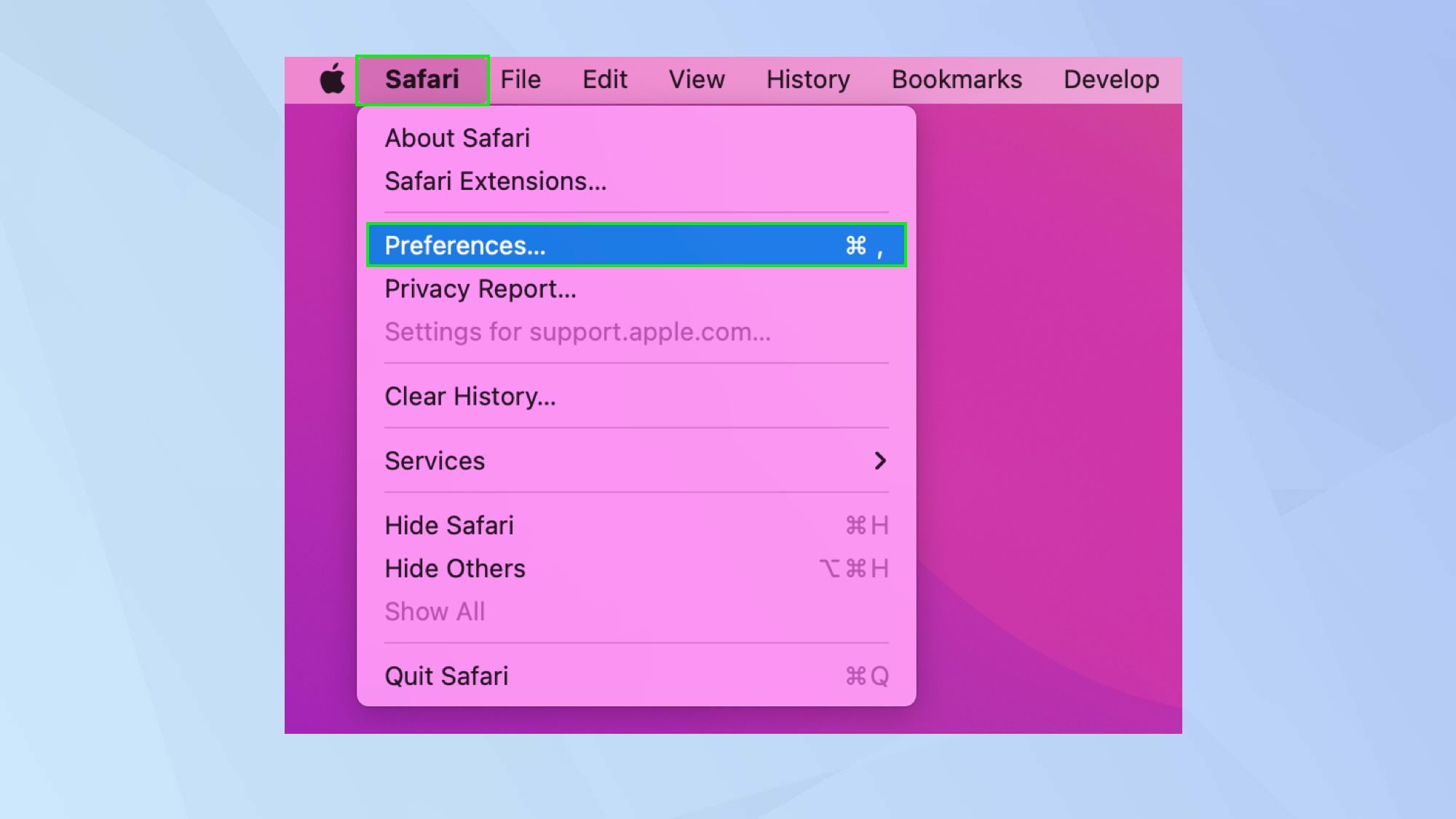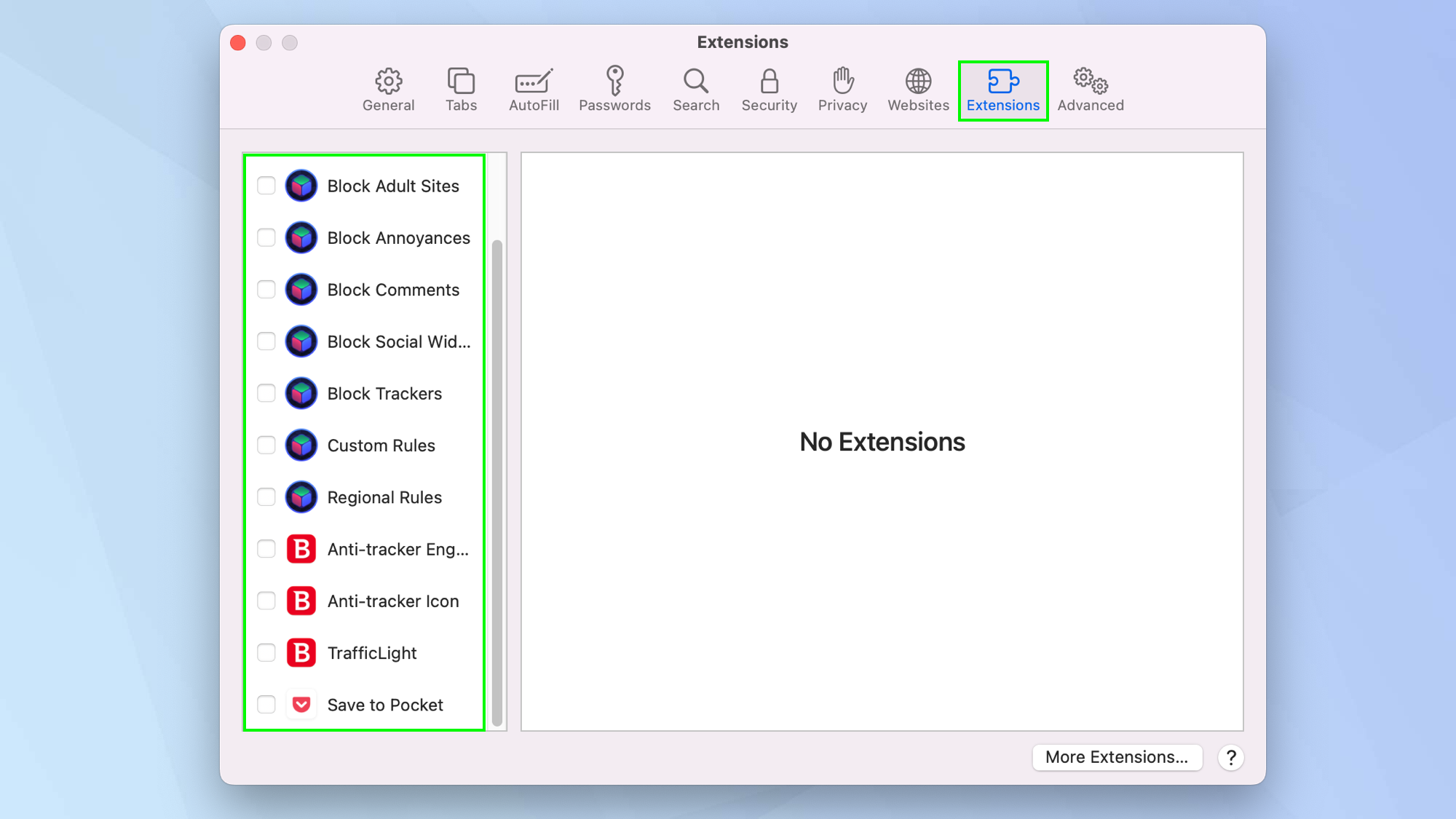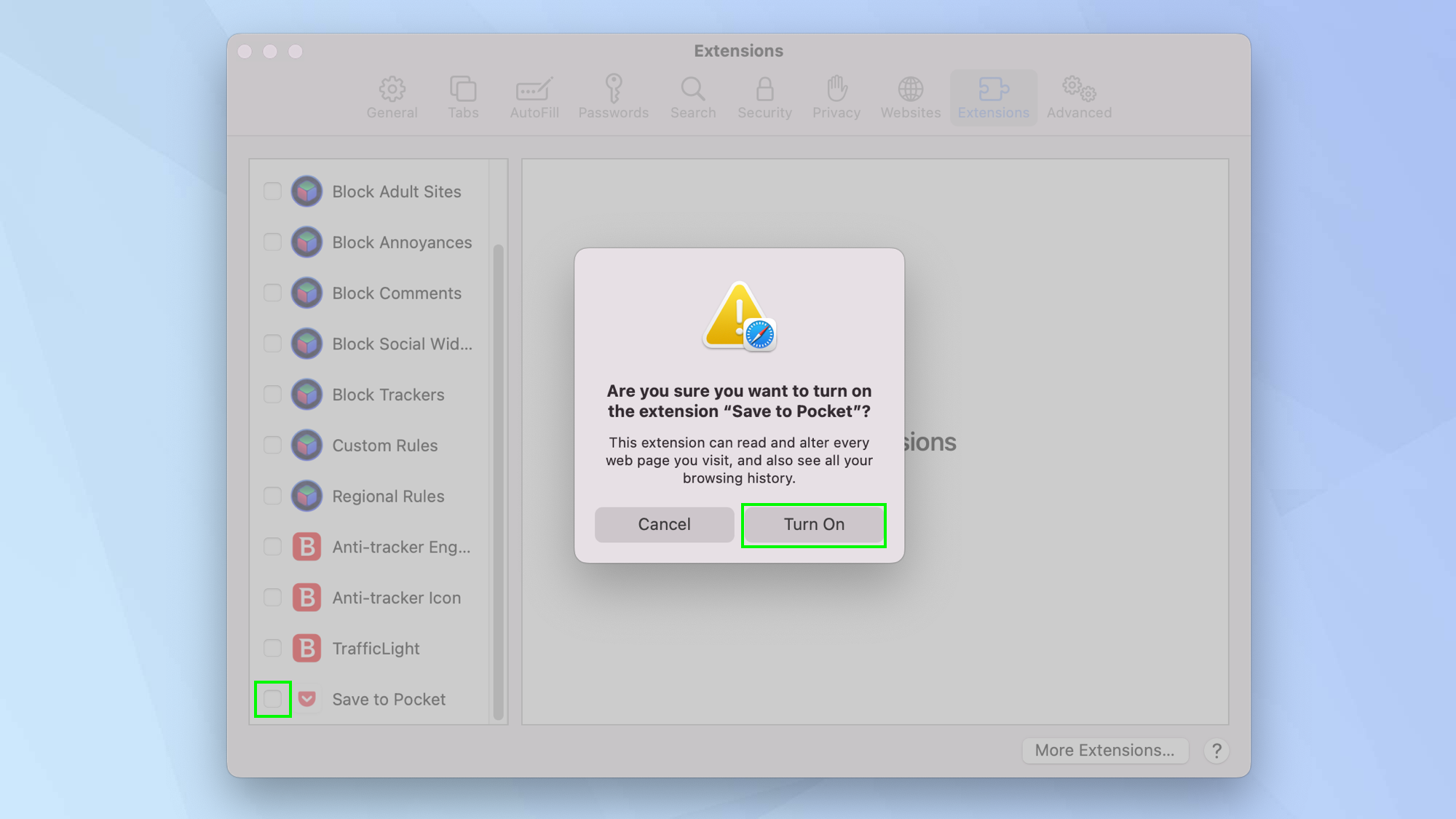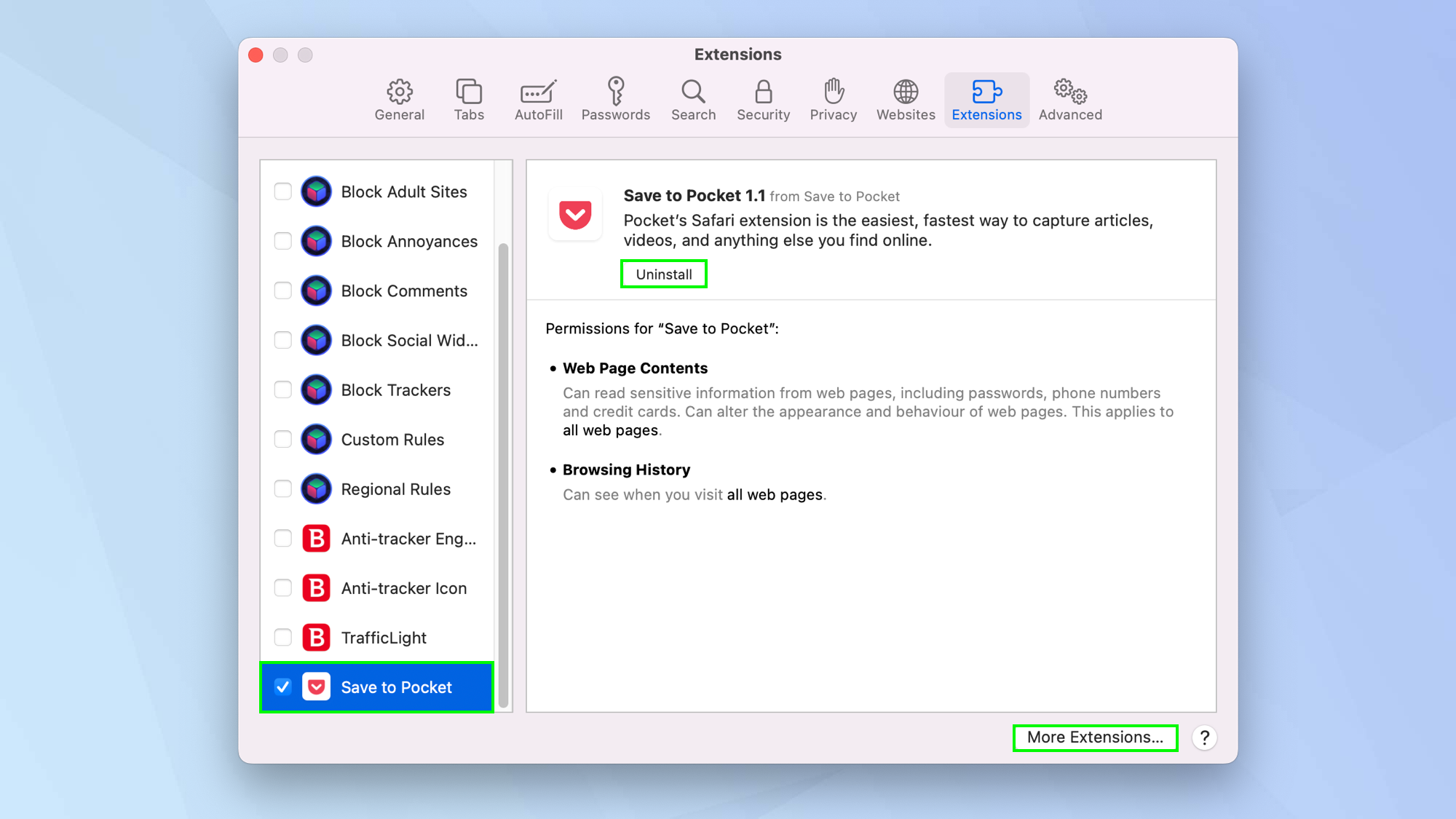How to install Safari extensions on Mac
Learn how to install Safari extensions on Mac and expand the functionality of your browser
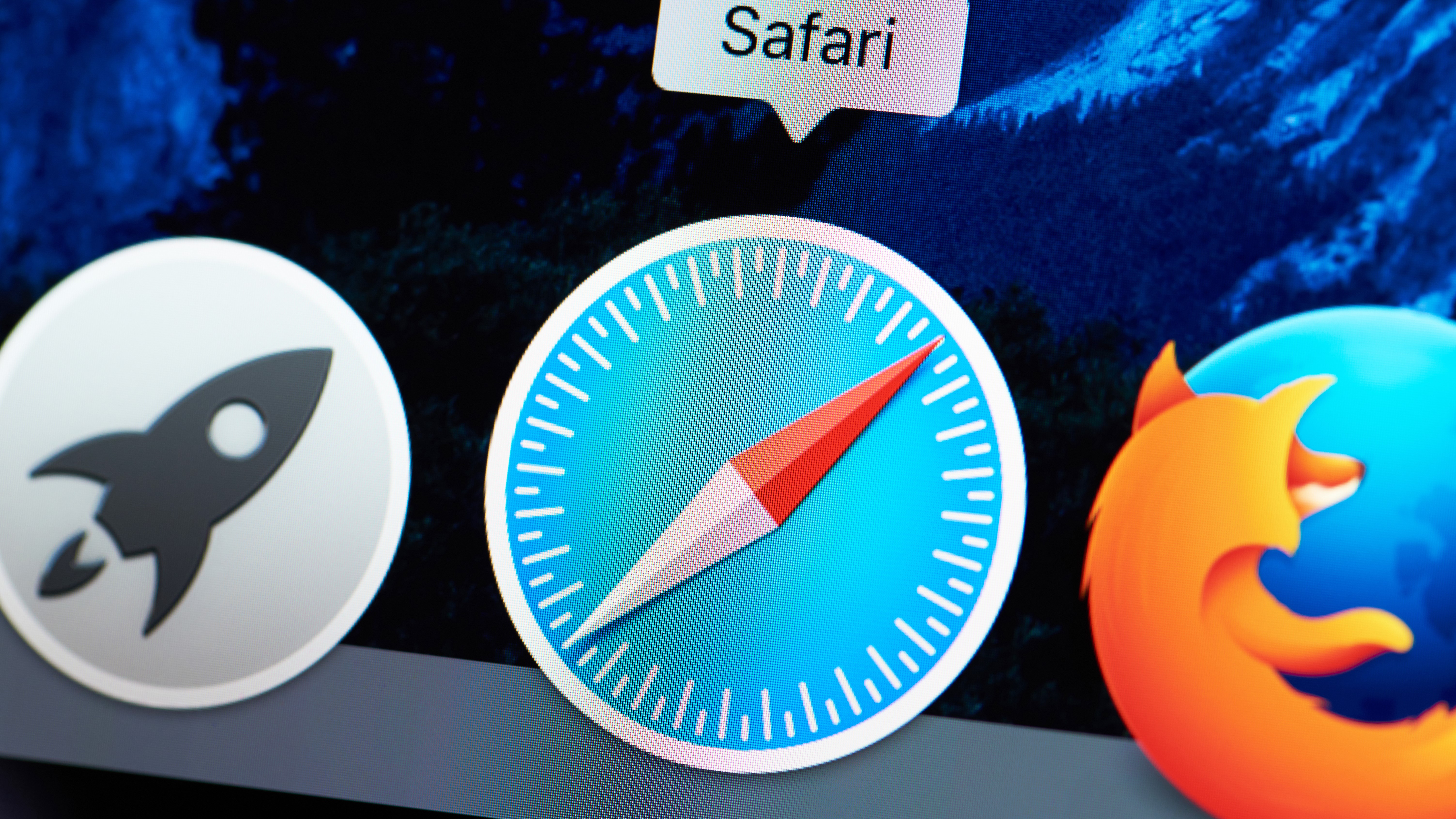
You'll want to know how to install Safari extensions on Mac if, like many users, you use the computer's built-in browser. By making use of plug-ins, you can add a variety of features to help you get more out of the app. Perhaps you want a tool that checks your grammar, blocks adverts, allows you to save articles or launch apps. These and more are available.
They are also easy to install. Apple made it easier to find extensions for Safari with the introduction of macOS Big Sur and the number of them is rising. So it isn't just Chrome users who get to play around with extensions. And while you may consider using a rival browser — Google Chrome now outperforms Safari on M1 Macs after all — if you decide Safari has everything you need, you don't need to miss out.
Here is how to find and install Safari Extensions on Mac.
How to find and install Safari Extensions on Mac
1. Launch the Safari browser and click Safari from the top toolbar menu. Now select Safari Extensions.
2. The Mac App Store will open on the Safari Extensions page. Browse the extensions — note that some are free, some are paid-for and some have in-app purchases.
3. Click Get when you see an extension you would like to use.
4. Now click Install and sign in with your Apple ID and password when prompted.
Get instant access to breaking news, the hottest reviews, great deals and helpful tips.
5. The extension will be installed. Click Open to launch and you may see some on-screen instructions.
6. You also need to ensure the extension is turned on. Open Safari again and click Safari in the menu. Then, select Preferences.
7. Click the Extensions tab at the top of the window and look down the left side of the screen for a list of available extensions.
8. Tick an extension you want to use and click Turn On.
9. You will also see information relating to it, including the permissions it requires and an option to uninstall.
And there you go. You can now start adding and using Safari extensions. Extensions exist for different browsers too. Take a look at the best Chrome Extensions but be careful because millions are under threat from malicious browser extensions. You can also install Safari extensions on iOS devices. Find out how by reading how to install Safari extensions on iPhone. You may also want to check out the best ad blockers too.

David Crookes is a freelance writer, reporter, editor and author. He has written for technology and gaming magazines including Retro Gamer, Web User, Micro Mart, MagPi, Android, iCreate, Total PC Gaming, T3 and Macworld. He has also covered crime, history, politics, education, health, sport, film, music and more, and been a producer for BBC Radio 5 Live.
